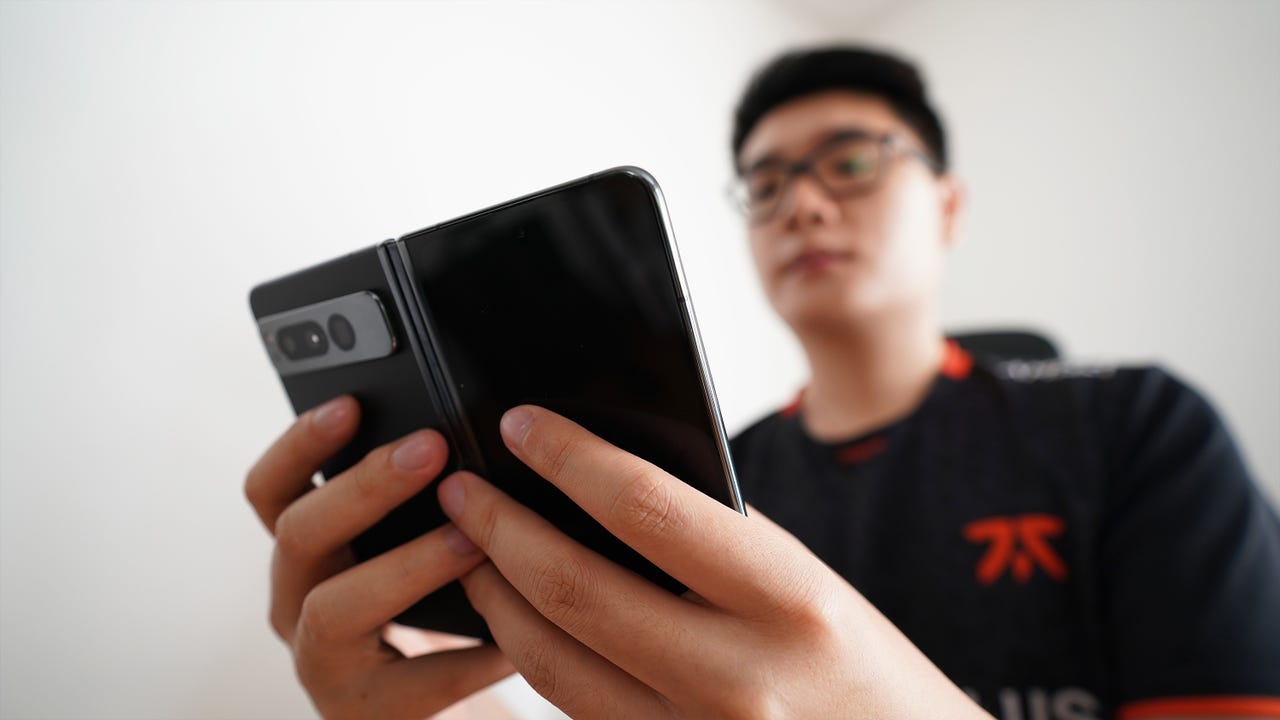Is Google's 'Find My Device' network for Android nearing? Settings signs point to yes

Google's Find My Device network launch may be getting a little closer, as location-based settings choices have started popping up deep inside the settings menu.
Earlier this year, Google announced the launch of a "Find My Device" network that works much the same way Apple does -- by using devices owned by other people to find your missing ones. That launch was delayed in July to give Google time to implement unwanted tracker alerts, but now it appears things are progressing again as the Android Find My Device settings screen is getting some new location-based sharing options.
Also: Google Calendar just added bookable appointment scheduling, and it's pretty sweet
First spotted by 9to5Google, which digs into code to find features that may not fully be available yet, a settings page is hidden deep inside the files of the Find My Device app (it's essentially hidden to the public now but will be available when the service actually launches) and it lets you choose how you want to find a lost device that's not connected to the internet.
The first option, "Off," is how Find My Device currently works. With that selected, a missing device can't be found if it's not connected to the internet.
Next is a "Without network" choice. Select that, and you will be able to find your device by seeing the last known locations where it was online. This still won't use a network connection but offers a little more insight.
The third though, is the first to use an actual network -- the "With network in high-traffic areas only" option. By choosing that one, your device will use other Android devices that are connected to the internet to find yours, but only in what Google calls "high-traffic" areas like an airport or busy walking path. This means that your device won't be located if only one other person passes by. Instead, multiple other devices will be needed (exactly what constitutes "high-traffic" isn't clear).
Also: The best Android phones
The final option, which also uses the connectivity of other people's devices, is "With network in all areas," meaning you'll use other people's devices to find your own no matter where they are -- even in an area that's not necessarily high traffic.
Of course, this raises a few privacy concerns. What exactly is involved when your device helps someone you don't even know find their device? Explaining the process, Google writes, "To maintain privacy and security, your devices' locations are encrypted using the PIN, pattern, or password for your Android devices and are not visible to Google."
The company also assures users that even if your device is used to help someone else find theirs, that other person won't be able to see anything about you or your device.
Also: Do you have a satellite communication device yet? It could save your life
To make sure Find My Device is enabled on your Android phone, navigate to Settings, Security & Privacy, and then Find My Device.
Right now, there's still no official launch date set for the Android Find My Device network. But, the change in settings at least indicates there's some activity, and hints at the feature dropping sooner rather than later.
